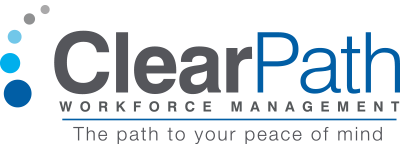Imagine opening your mail on a Monday morning and finding a notice that your business is going to be audited for paying a worker as an Independent Contractor rather than an employee.
You get a sick feeling in your stomach. Oh no! How can this be? What triggered this audit?
An audit by the Internal Revenue Service (IRS), Department of Labor (DOL), or a number of other state or federal agencies could be triggered many different ways.
Here are just five ways a misclassification audit can be triggered at either small or mid-sized businesses (SMB) or large enterprise companies:
Trigger #1 – Your independent contractor filed an unemployment claim
When an individual files an unemployment claim, the taxing agency looks for the wages reported by the employer. When there are no wages reported, this could trigger an audit. It begs the question “Why does this worker not have any taxes paid into the unemployment fund by their employer?”
There are at least 35 states that share this information with the IRS and Department of Labor (DOL) https://www.dol.gov/whd/workers/misclassification/. This initial audit could trigger additional audits by other agencies as well. If you treated this worker as an independent contractor for the state, chances are you also treated the worker as an independent worker for the federal government too, thus opening your business up to more scrutiny in your classification.
Trigger #2 – Worker receives forms W-2 and 1099 from you in one tax year
Thanks to automation, it is easy to find when an individual receives a W-2 form and a 1099 form in the same tax year. This raises a flag as it is not typical that an employee becomes an independent contractor or vice versa, let alone in the same tax year. Because most workers continue doing the same work throughout their tenure with a business it is unlikely they were both a W-2 employee and an independent contractor, raising a red flag.
And speaking of automation, the Texas Workforce Commission identifies unregistered employers using data from the U.S. Internal Revenue Service, the Texas Office of the Secretary of State, and the Texas Office of the Comptroller of Public Accounts. This illustrates how technology is making these connections much easier to find businesses that don’t comply with federal and / or state regulations and then rapidly shares that information.
Trigger #3 – The ratio of 1099 forms filed versus W-2 forms is disproportionate
Recently one of our SMB clients was audited and the reason given was that the number of 1099 forms filed by the business was too high compared to the number of W-2 forms filed. Unfortunately, the actual ratio is not specifically defined.
Taxing agencies have been able to study the data collected during misclassification audits to determine these types of ratios and then apply them to businesses to find companies that are more apt to engage employees as independent contractors.
Trigger #4 – Education by the IRS and state agency to inform employees of their rights
Over the last several years, the IRS, DOL, and other taxing agencies have started taking a more proactive approach to finding misclassified workers. They have begun campaigns to inform workers about their rights. For example, see the DOL’s “Myths about Misclassification” site. [https://www.dol.gov/whd/workers/Misclassification/myths-main.htm]
With workers becoming educated on misclassification and their rights, they could turn you in to one of the taxing agencies or, at the very least, challenge you on their worker classification.
Trigger #5 – Anonymous tip
Your competitor, a former employee, a current employee, you name it, could give the IRS, federal agency or state agency an anonymous tip that you are treating your employees as independent contractors thus not paying your employer taxes, withholding employee taxes, providing statutory benefits, or you may have wage and hour violations, for example not paying overtime.
Be proactive and ensure you aren’t a candidate for an audit. Contact ClearPath for a complimentary 1:1 review of your current worker status.
- Written by: Karen Baldock
- Posted on: May 24, 2017
- Tags: 1099 Worker Classification, MISCLASSIFICATION AUDIT TRIGGERS, Myths around worker classification, SMB AUDITS, SMB WORKER MISCLASSIFICATION, W-2 Worker Classification, Workforce Classification

